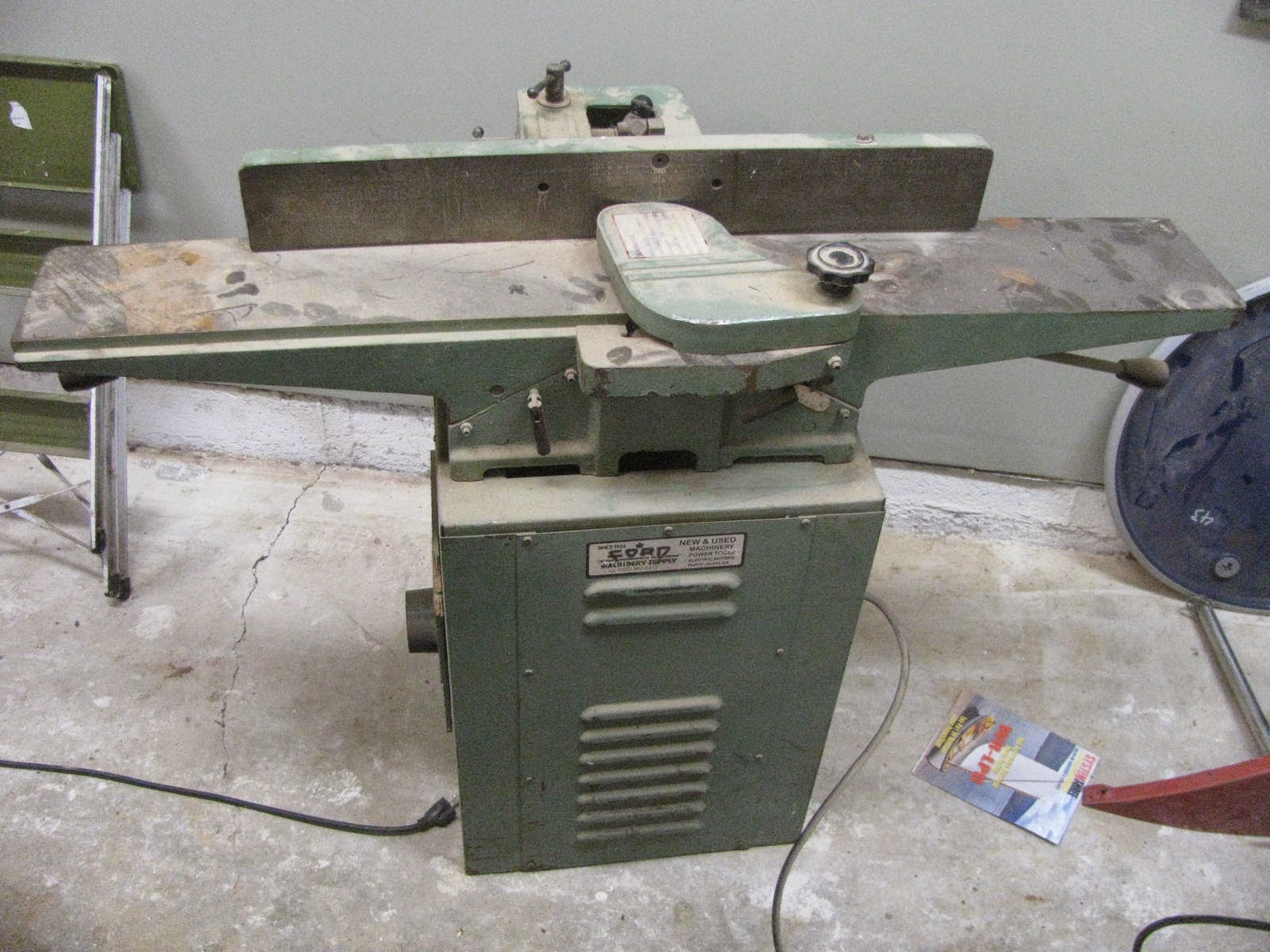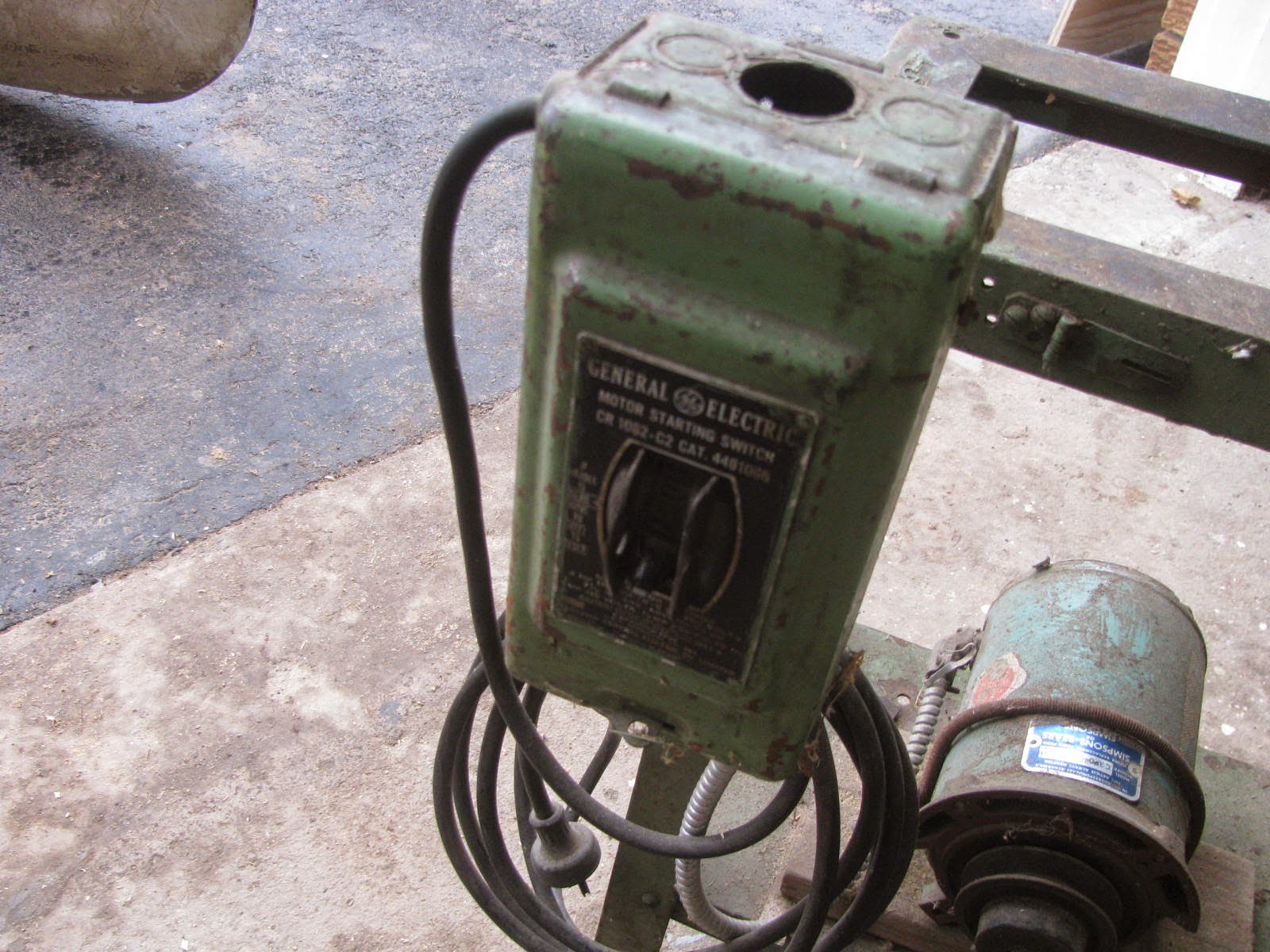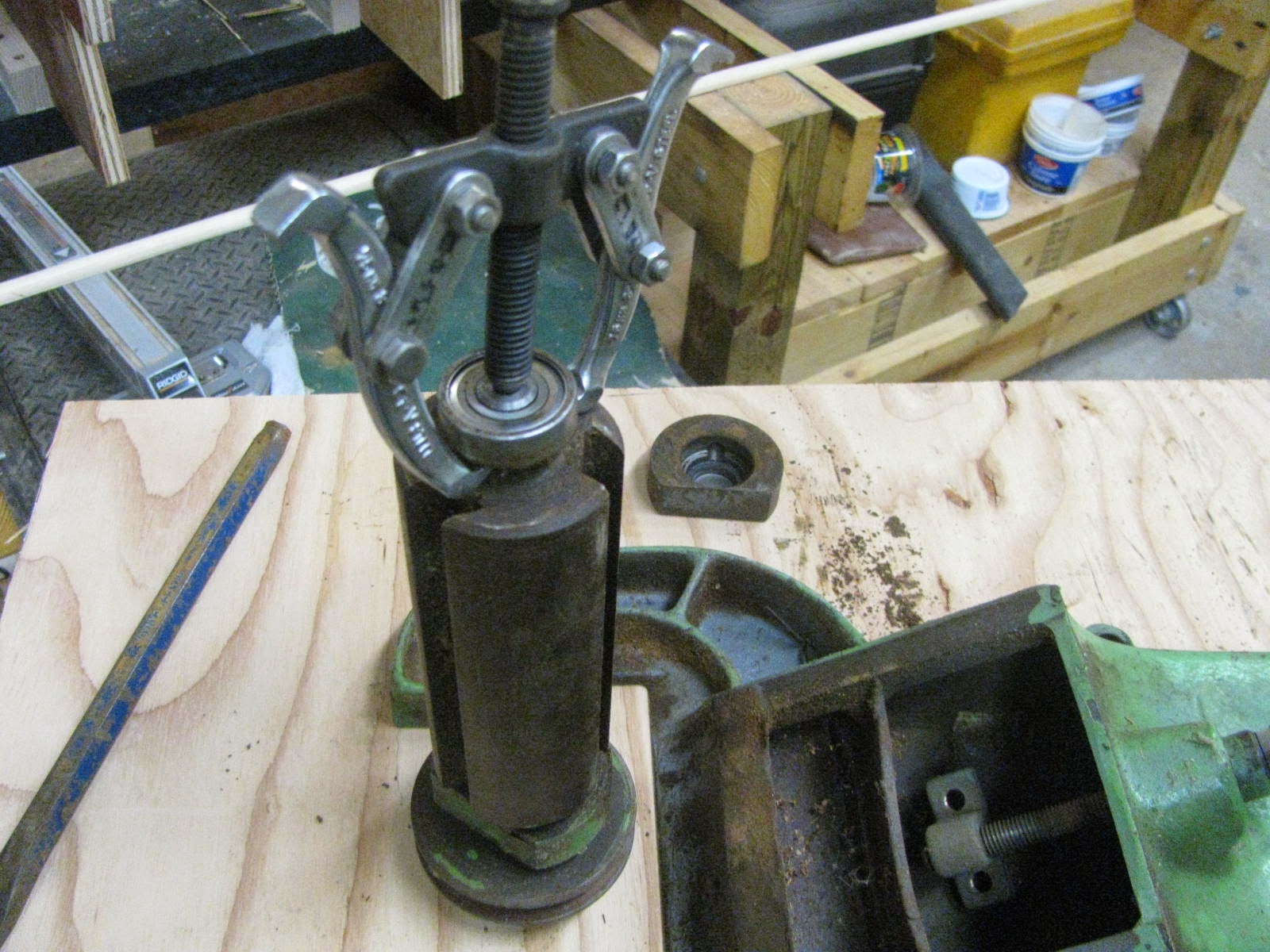Per usual, relatively maintenance free fiberglass and kevlar boats get left outside and on the ground, and with aluminum or vinyl gunwales dont suffer much at all. But after paying extra for wood trim, if treated the same they deteriorate at a rapid rate. This one has a nice shape, some tumblehome and upswept ends, likely copied off of a more traditional boat like a Pal or Deer. Was fine until the recent windstorm picked it up and threw it, now it needs a glass repair along one side. Milled the gunwale stock today, next to strip it in preparation for the new wood.
Rotted ends gone
Rotten rails with some weird seats, lots of effort went into them but they're going in the fire.
Rotten ash
Doubt its factory, but maybe. Inners stop before the deck, not strong or correct. Even if not full length, inletting to deck would be better than this.
Fairly traditional shape.
New rails, and 3 cordless tools means never having to change bits! Countersink, drill bit and robertson tip.
Maybe should have washed it first. No matter, its getting sanded anyways
Flat run all done.
Shape restored, ends will need steaming.
Thwart back in to hold shape
Bring out the steamer......
Reusing seats from another boat that was refurbished with new seats, ash frames.
Easy weave, more so than cane!
Cypress decks from a board we had laying around, not a glue up, change in colour through the board
Ash rails, seats, thwart
2 coats of Tung oil before varnish.
Thwart to be positioned at centre for portaging
Crack repair along side from windstorm picking up boat and throwing it across 2 yards....
Next up is colour...


















































